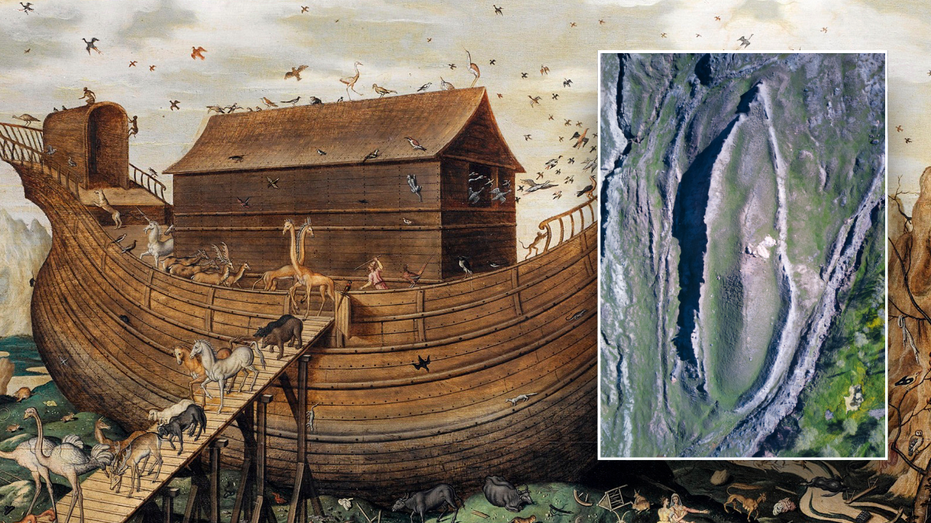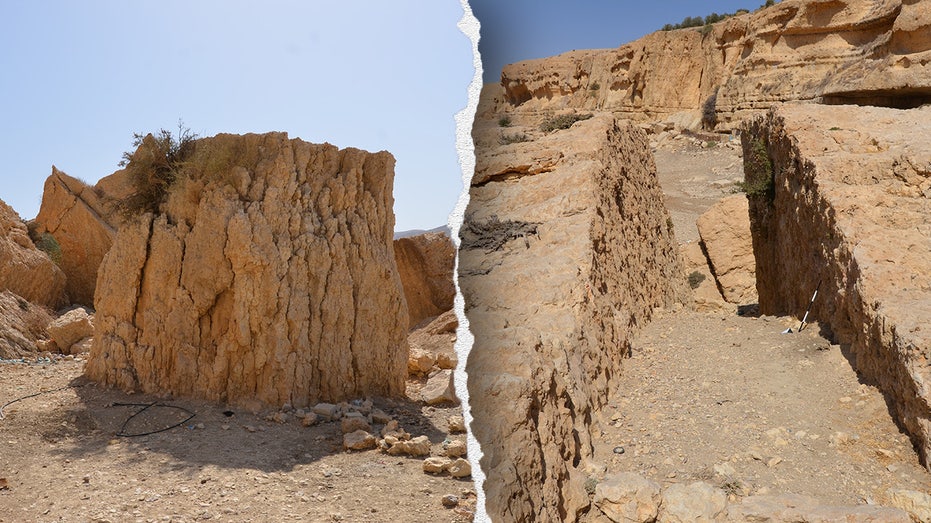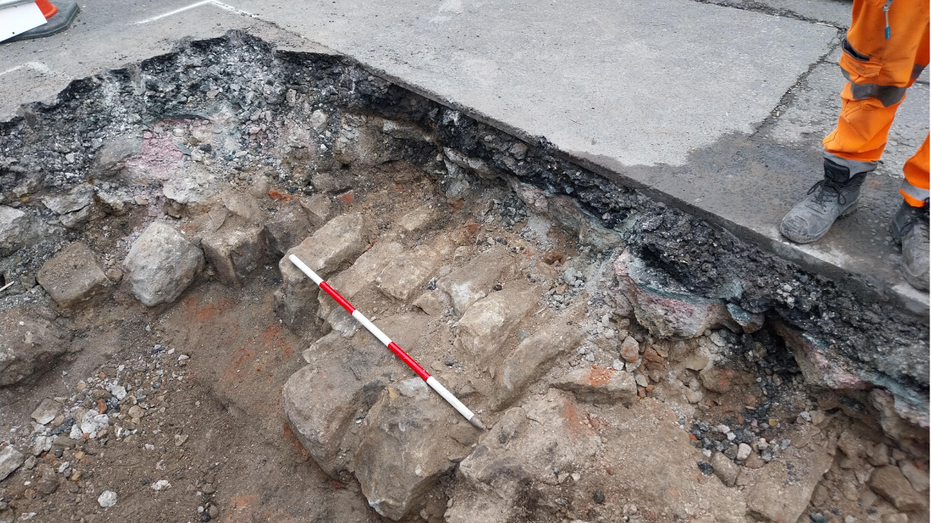Could Noah’s Ark Be Hidden in Turkey? New Evidence Sparks Biblical Debate

Sarah Johnson
May 26, 2025
Brief
Researchers find evidence of Noah’s Ark at Turkey’s Durupinar site, with soil tests revealing ancient wood and structures aligning with biblical dimensions.
In a remote corner of eastern Turkey, the Durupinar site is stirring up biblical intrigue that could make even the most skeptical archaeologist raise an eyebrow. Researchers from Noah's Ark Scans have unearthed compelling evidence suggesting that this boat-shaped formation might just be the fabled resting place of Noah’s Ark. Soil samples collected last September reveal significantly higher levels of organic matter and potassium compared to the surrounding volcanic mudflow, hinting at the presence of ancient, decayed wood.
Lead researcher Andrew Jones shared that the site contains 2.72 times more carbon than its surroundings, a clue that rotting wood may have created a unique soil microenvironment. “This isn’t just dirt behaving badly,” Jones quipped, pointing to the possibility of a man-made structure preserved beneath the surface. Adding to the mystery, the formation’s 515-foot length aligns precisely with the biblical dimensions of Noah’s Ark, a coincidence that’s hard to dismiss as mere geological whimsy.
Previous 3-D ground-penetrating radar scans from 2019 uncovered angular structures and a 234-foot central corridor, suggesting intentional design rather than natural chaos. Soil scientist William Crabtree called the findings “extraordinary,” noting the site’s distinct composition. While no excavations are planned for this year, Jones and his team are gearing up for deeper soil tests and geophysical surveys in 2026 to further unravel the enigma.
The Durupinar site, first spotted in the 1950s, has long been a subject of speculation, but these new findings breathe fresh life into the debate. Could this be the final resting place of the Ark, or is it just another geological tease? Only time—and more digging—will tell.
Topics
Editor's Comments
If Noah’s Ark is really chilling in Turkey, I bet it’s got better stories than my last camping trip! But seriously, those carbon levels and room-like structures are no small potatoes—makes you wonder if the animals left any claw marks.
Like this article? Share it with your friends!
If you find this article interesting, feel free to share it with your friends!
Thank you for your support! Sharing is the greatest encouragement for us.



